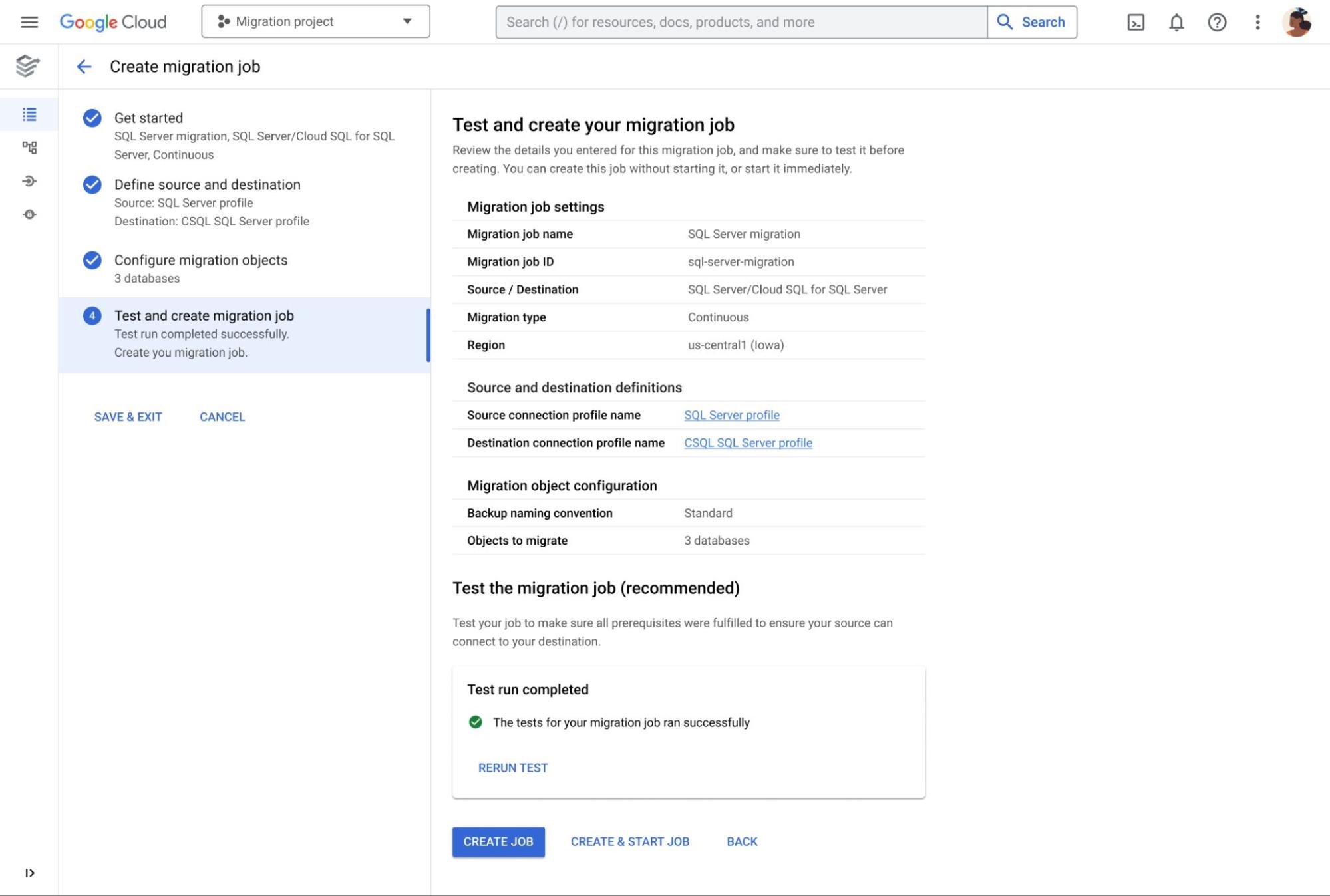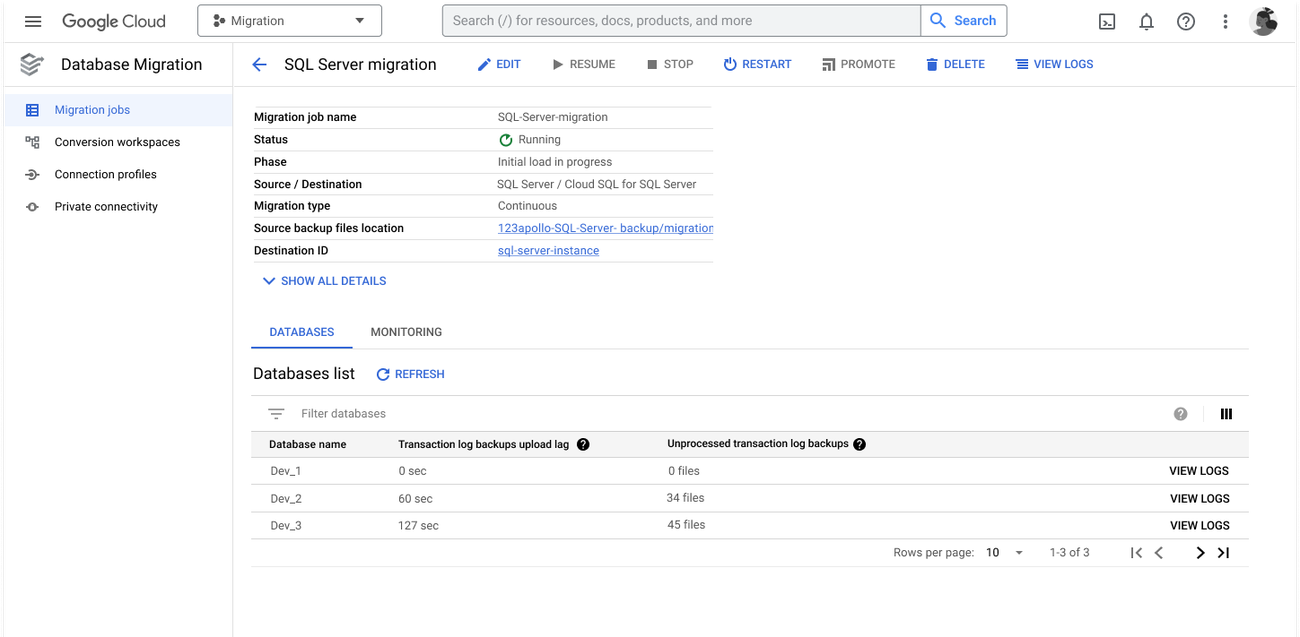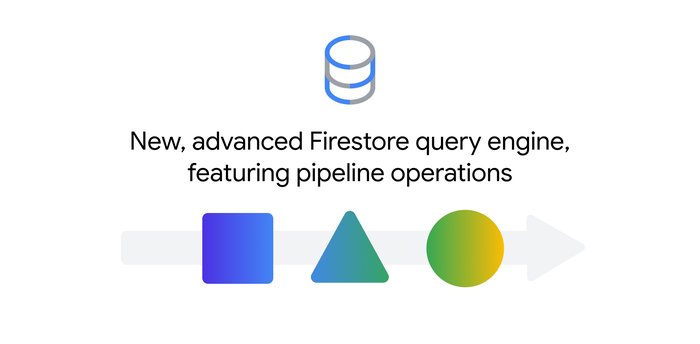Migrate your SQL Server workloads to Cloud SQL with Database Migration Service, now in preview

Erez Alsheich
Database Migrations Product Lead
Cloud SQL for SQL Server is a fully managed relational database that offers native SQL Server features along with several Google Cloud innovations, and allows migrating databases while retaining their existing versions or upgrading to newer ones. But migrating SQL Server databases to the cloud can be daunting. Concerns about downtime, complexity, and security risks can hinder your move to managed cloud databases.
This week at Google Cloud Next, we announced the preview of support for SQL Server migrations to Cloud SQL for SQL Server in Database Migration Service , a fully managed serverless cloud service that performs database migrations with minimal downtime.
Database Migration Service reduces migration complexity by loading an initial snapshot of the database followed by non-intrusive incremental load, reducing operational downtime. Let’s take a look at how it works and how to get started.
Introducing SQL Server migration support
Database Migration Service leverages built-in backup and restore to facilitate high-fidelity, low-downtime SQL Server migrations. Similar to other Database Migration Service homogeneous migration paths, SQL Server to Cloud SQL for SQL Server migrations are secure and reliable, and available at no additional charge.
Database Migration Service offers:
-
Minimal downtime and system overhead : Database Migration Service’s continuous native backup and restore technology helps ensure that your SQL Server source databases remain operational while the migration progresses, for reduced downtime. Because Database Migration Service leverages SQL Server backups to perform the migration, no additional overhead is introduced to your production operational systems.
-
Serverless simplicity: As a managed service, you don’t need to manage any infrastructure for Database Migration Service, allowing your IT teams to focus on strategic initiatives rather than on managing complex migration setups.
-
Security at the forefront: Database Migration Service supports encrypted SQL Server backups for robust protection throughout the migration.
At Google Cloud, we’ve been working closely with customers who are looking to migrate SQL Server workloads. One of them is GoodRx Holdings, Inc., an American healthcare company that operates a telemedicine platform.
"GoodRx is excited that Database Migration Service is now available to migrate SQL Server to Cloud SQL for SQL Server. Google Cloud's solutions help our business improve operational efficiencies in an intelligent, innovative, and cost-effective way." - Nitin Shingate, CTO GoodRx
Migrating your SQL Server Databases with Database Migration Service
Here’s how to start migrating your SQL Server workloads today using Database Migration Service:
-
Navigate to the Database Migration area of the Google Cloud console, under Databases, and create a Connection Profile pointing to a Cloud Storage bucket to which your SQL Server backup files will be uploaded.
-
Similarly, create another Connection Profile pointing to your chosen Cloud SQL for SQL Server instance.
-
Create a migration job to connect both connection profiles and choose which databases you’d like to migrate.
-
Test your migration job and make sure the test was successful as displayed below.,Then start it whenever you're ready.


5. Upload a full backup and continuously upload transaction log backups for each database to the Cloud Storage bucket at your desired frequency.
6. Once the full backups have been restored, the migration phase will change from “Initial Load” to “Incremental Load”. Database Migration Service keeps looking for new transaction log backup files and continuously restore them.
7. Monitor the progress of your migration jobs using the built-in metrics and logs to assess the right moment to complete the migration.


8. When ready to complete the migration, click “Promote” for Database Migration Service to recover the databases, making them available and completing the migration.
Congratulations! You’ve completed your migration to Cloud SQL for SQL Server.
Get started today
Ready to migrate? Start your SQL Server migration to Google Cloud with the Database Migration Service.


